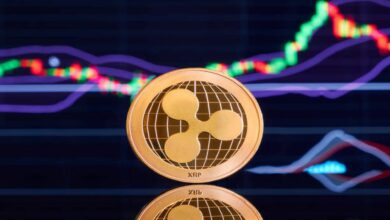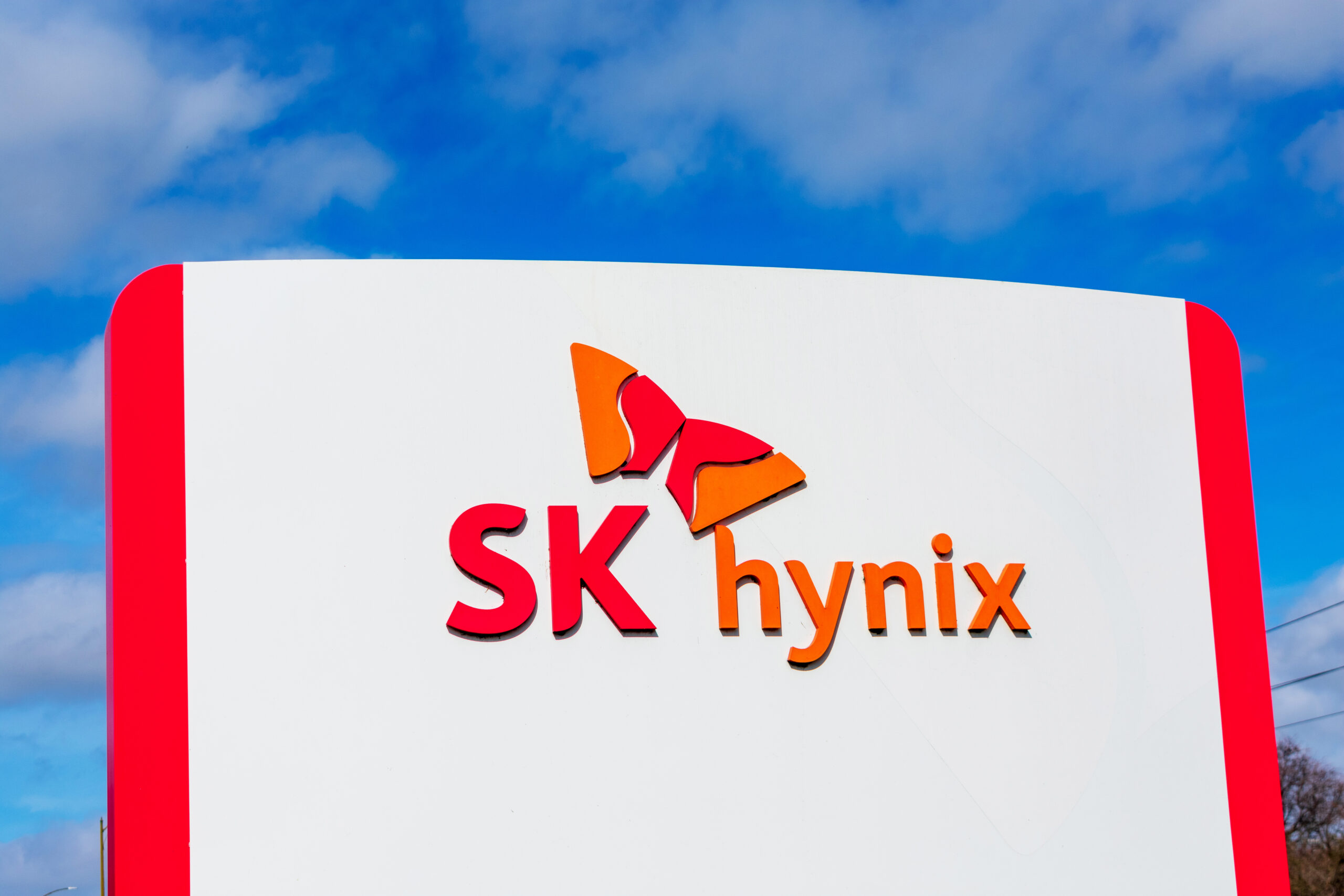How To Trade With A Doji Candle Pattern? – A Complete Guide

A Doji candle is a technical analysis pattern that signals indecision in the market. Traders can take advantage of this pattern by waiting for a reversal in the price action and then buying the asset.
A Doji candle is a candlestick pattern that occurs when the closing price of a security is near the midpoint of the trading range for that day. When this occurs, the candle appears to be filled with green or red, but the actual color of the candle is not essential. The purpose of the Doji candle is to signal that the market is inactive and traders should wait for a more active market to react.
This pattern is a formation where the candle opens and closes at the same price but at different volumes. This pattern is often used to indicate indecision or hesitation in the market, and traders will often use it to make decisions about which direction to take. The pattern is used by traders to predict the direction of the market. It is composed of two candle sticks that are identical in shape but have different colors. The first candle stick is green in color, and the second candle stick is red in color.
Traders use the Doji candle pattern to determine whether the market is going to rise or fall. If the market is going to rise, the first candle stick will be green, and the second candle stick will be red. If the market is going to fall, the first candle stick will be red, and the second candle stick will be green.
Doji pattern on the candlestick chart: what is it?
A Doji pattern is a trading pattern that is characterized by a closed and open price point and subsequent movement within that range. Doji patterns are often seen as indecisive and can be difficult to trade.
A Doji candlestick is a bullish or bearish signal that means the market is indecisive and there is no clear trend. This means that selling and buying activities are offsetting each other in a certain timeframe, indicating that no clear direction is apparent. This can indicate that traders are not sure what direction the market is going in and may take some time to decide which direction to take.
This pattern often occurs when there is a lot of volatility in the market and is a sign that market participants are still trying to figure out what to do. This is often seen as a sign that the market is unstable and may be about to change direction.
The Doji candlestick is often considered a technical indicator that is used to confirm when the prices of an asset are near each other. This indicator is characterized by a price of opening and a price of closing that are generally identical, which is why it is often used as a warning sign.
To put it simply, a Doji is a pattern that indicates that sellers and buyers are in equilibrium and neither is strong enough to push the price in one direction. This pattern can be a sign that there is uncertainty in the market and that traders are waiting for more clarity before making decisions. In Doji, the buyers cannot raise the prices by themselves, as the sellers quickly put a stop to it.
Attempts by sellers to artificially lower prices get sabotaged by buyers, who are quick to react and take advantage of lower prices. Ultimately, the prices at each end of the market move towards a common point. For instance, when Bitcoin is trading at $20,000 on a given day, it is considered to have opened at $25,000 and closed at $15,000 through the given 24-hour timeframe.
At the price level of $25,000, the Doji is at the top of its wick, and at the price level of $15,000, the candlestick is at the bottom of its wick.
How does the Doji candle work?
A Doji candle is a candlestick that is formed when the price of the underlying asset moves to the same price point twice in a row. In technical terms, this is called “two white lines in a row.” Normally, this would be considered a “neutral” candle, but in the case of Doji candles, it can sometimes indicate that there is about to be a change in direction for the price of the underlying asset.
Doji candlesticks are often seen as a sign of market calm before larger swings. This is likely due to their tendency to appear before big movements in prices. This is typically done by looking for periods of relative stability before larger movements occur. Doji candles are often interpreted as a sign that a market is nearing its bottom or top, respectively, and traders may anticipate more volatility in the near future.
A Doji candle can indicate that buyers are getting tired of the uptrend and are starting to move toward the sellers. This typically signals that a trend is ending and that buyers and sellers are becoming exhausted. This can often lead to a reversal in the trend. However, it is possible that there will be a change in direction soon.
Many traders view the Doji as a sign that the trend is uncertain rather than a reliable indicator of future direction. This is because the Doji is a type of candlestick that usually occurs when there is indecision in the market. It is not always clear which direction the markets will take, but the Doji pattern doesn’t necessarily indicate that a trend has ended or that traders are undecided about the future.
It is always a good idea to confirm the signals of the Doji candlestick with technical indicators. These indicators can help you get a more accurate picture of the market’s current trend. One way to take account of what the Doji signal might suggest is by using a technical indicator such as the Bollinger Bands and Relative Strength Index (RSI).
This is because these indicators respond more quickly to changes in the market than other indicators, as these indicators are designed to identify patterns that may signal an upcoming change in the market, which can give you a more accurate picture of the current state of the market.
What are the types of Doji patterns, and how can you trade them?
The Doji patterns depend on the length and position of the shadow. For instance, a Doji at the bottom of the chart may be a sign of stability, while one at the top may be a sign of increasing volatility. In some cases, the Doji may be filled, indicating a bullish trend. However, if the shadow is shorter, the Doji may be empty, indicating a bearish trend.
Some of the well-known variations are as follows.
Neutral Doji
This Doji candle pattern is a neutral pattern that appears as a two-tiered candle with both the top and bottom sections filled but with nobody in between. The neutral Doji is a candlestick with a very small body in the candlestick’s middle, with two wicks at either end of the candlestick of the same length.
This signal indicates the market is in a state of equilibrium, where both bearish and bullish sentiments are present. This configuration is often seen as a neutral signal, indicating that there is not much movement in the market at this time.
This configuration typically indicates that there is little risk of either gain or loss in the near future and is often used as a signal that the market is stable and there is little current interest in the security. By combining a neutral Doji pattern with other indicators, such as the Moving Average Convergence Divergence or Relative Strength Index, traders can identify when the market is about to reach a peak or bottom.
If you see a Doji appearing in an upward trend and the RSI is above 70, that could mean a possible market correction. In a similar manner, a candlestick with a downward-pointing body and an RSI reading of 30 or lower may signal a reversal in the market, even before the RSI turns oversold.
Long-legged Doji
The long-legged Doji candle appears to be longer than usual and tends to show that buyers and sellers have been fighting for the price action’s control, likely indicating that there is strong interest in this particular security.
When looking for a potential long-term buy or sell opportunity, traders should monitor the closing price of the candlestick with great care. If the closing price exhibits a Doji candle, this may be a sign that the market is exhibiting indecision and may be poised to make a significant move in either direction.
Traders should be careful when pointing out a strong long-legged Doji, as the closing price may provide important clues about the trend following the candlestick. In the event that the closing price of the candle is below the mid-level, Doji would be a common pattern that indicates a potential downward trend in the market.
This is a sign that there is strong resistance nearby, and it could be difficult to make new gains in the near future. In the event that the closing price is over the mid of the candle, this is viewed as bullish news since it looks like a pin bar design that is bullish.
In the event that the security’s closing price is in the middle of a trend, it is likely to continue that trend. This means that the trend is likely still in effect and that investors should continue to buy and hold the security. In the past, candles have been able to provide a reliable indicator of future trends. So, it is a good idea to keep an eye on candles when making financial decisions.
Dragonfly Doji
The Dragonfly Doji is a candle with a long wick on the lower side and practically no wick on the upper side. It appears as a T-shape with the bottom of the T pointing down and the top of the T pointing up. The dragonfly Doji means that the market is close to reaching an equilibrium price point.
This means that there is little room for price fluctuations, and traders should expect the market to stay around the same price point for the next few days. If the Dragon Doji signal is created at a downtrend’s end, it could be interpreted as a buying opportunity. This is because the pattern indicates that the market is about to turn around, and buyers will likely come in to take advantage of the opportunity.
In the event of an upward trend, the appearance of a candlestick indicates that a reversal may be imminent.
Gravestone Doji
A Gravestone Doji is a unique candlestick pattern that signifies a T-shape that is inverted. The close and open points coincide with the lows, making this pattern a powerful means of signaling an upcoming reversal. It signals an impending change in trend, and the points fall on the low of the pattern, indicating that the market is likely to drop soon.
The candlestick shows that the buyers were trying to inflate the price, but they were unable to sustain the upward momentum, indicating that they may have been unsuccessful in increasing the price. This may be due to weak demand or a lack of confidence in the market.
When the Gravestone Doji is seen in uptrends, it can be viewed as a warning sign that the trend may be coming to an end. This means that the market is about to turn around and go in the opposite direction. This is because the pattern signals that the market is about to reverse course and go down.
While the Gravestone Doji formation in a downward trend often signals an upturn in a trend, it is worth watching for a top retracement.
Four price Doji
The Four Price Doji is a rare pattern that usually doesn’t appear on candlestick charts and is usually seen only in low-volume situations or minimal time periods. The Four Price Doji is a configuration of the four indicators of the price ( close, open, high, or low) that suggests all of these values are at a similar level for a given time period.
This suggests that there is stability in the market and that prices are likely to stay the same for a while. The Four Price Doji indicates that the market was relatively inactive during the time the candlestick was in place. The Four Price Doji is a less reliable signal that shouldn’t be relied on as a predictor of future market behavior. Although it may show a sign of indecision, this pattern is generally not reliable.
What is the reliability of the Doji candle pattern?
The Doji candle is often used as a technical indicator of market direction and is often seen as a sign that the market is indecisive about its future course.
There is some uncertainty surrounding the reliability of the Doji candle pattern. Some believe that it is a reliable trading pattern and can indicate the start of a trend, while others believe that it is not as reliable as other trading patterns and can be more of a random occurrence.
It is up to the trader to decide whether or not to use the Doji candle pattern as a trading signal. This pattern is often used as a means of indicating indecision on the part of the market.
The Doji pattern may not be a reliable indicator of future market trends, but it can be used in conjunction with other indicators for a more comprehensive analysis and help make investment decisions.
Still, the Doji candle pattern is a helpful market indicator to use when finding the degree of indecision between sellers and buyers. Accordingly, it can be useful to monitor market conditions in order to better understand the level of uncertainty in the marketplace.
Doji candles offer intermediate-level traders and professionals a valuable way to detect and react to signals. Doji candles are typically a sign that the market is nearing a bottom or a top, and a trading strategy that uses such a pattern can be helpful for experienced traders who are familiar with interpreting market signals.
So for those skilled in recognizing and interpreting these patterns, a trading strategy that uses Doji candles can be a very successful approach.
Conclusion
The Doji candle pattern is a technical analysis indicator used to identify periods of indecision in the market. The Doji candlestick pattern is a signal that suggests that the market is indecisive or that there is a lack of consensus among buyers or sellers.
In a Doji candle, the open and close prices are both Doji symbols. This occurs when there is uncertainty in the market, and the buyers and sellers are not sure which way the price is going to go.
Tokenhell produces content exposure for over 5,000 crypto companies and you can be one of them too! Contact at info@tokenhell.com if you have any questions. Cryptocurrencies are highly volatile, conduct your own research before making any investment decisions. Some of the posts on this website are guest posts or paid posts that are not written by Tokenhell authors (namely Crypto Cable , Sponsored Articles and Press Release content) and the views expressed in these types of posts do not reflect the views of this website. Tokenhell is not responsible for the content, accuracy, quality, advertising, products or any other content or banners (ad space) posted on the site. Read full terms and conditions / disclaimer.




